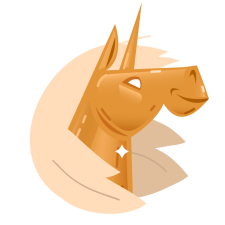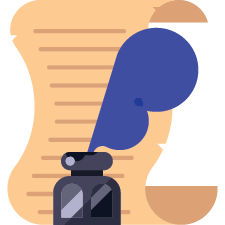Install Steam
login
|
language
简体中文 (Simplified Chinese)
繁體中文 (Traditional Chinese)
日本語 (Japanese)
한국어 (Korean)
ไทย (Thai)
Български (Bulgarian)
Čeština (Czech)
Dansk (Danish)
Deutsch (German)
Español - España (Spanish - Spain)
Español - Latinoamérica (Spanish - Latin America)
Ελληνικά (Greek)
Français (French)
Italiano (Italian)
Bahasa Indonesia (Indonesian)
Magyar (Hungarian)
Nederlands (Dutch)
Norsk (Norwegian)
Polski (Polish)
Português (Portuguese - Portugal)
Português - Brasil (Portuguese - Brazil)
Română (Romanian)
Русский (Russian)
Suomi (Finnish)
Svenska (Swedish)
Türkçe (Turkish)
Tiếng Việt (Vietnamese)
Українська (Ukrainian)
Report a translation problem















































Yes there is a battle generator ! I use it all the time . The Tank Icon on the lower right of your start game screen . You can design your army by year , and size . From a small skirmish of 3 units to about 130 men < mech units and tanks .> . You can adjust the scenereo from hill to highway to fields , forest , gullies etc . All kinds of weather conditions apply optional . Bonus with this is that you get the most expensive tanks and units for free if you choose them . It's a break from the campaign mode and battles run on Countdown or over 3 hours and can be changed back and forth during the game to force the AI enemy to move . You'll find that your game play and victory's will increase . If your needing a Graviteam Fix and have an hour to play this is perfect . The huge battles go on for days sometimes , so that feeling of acheivment is pro-longed .
MP